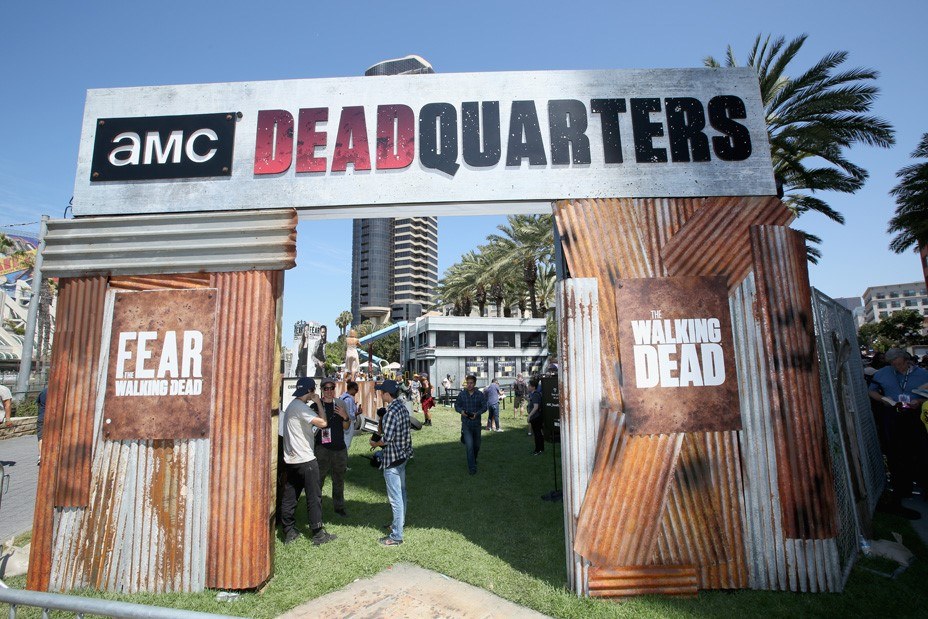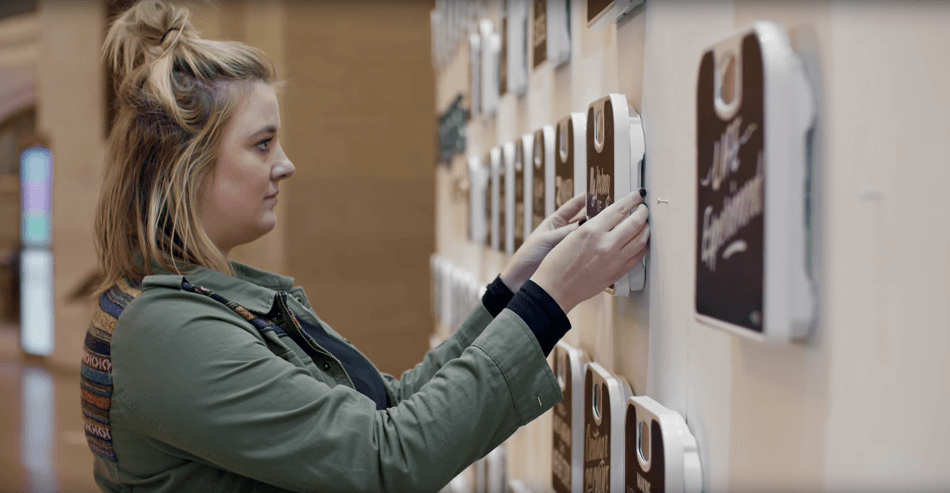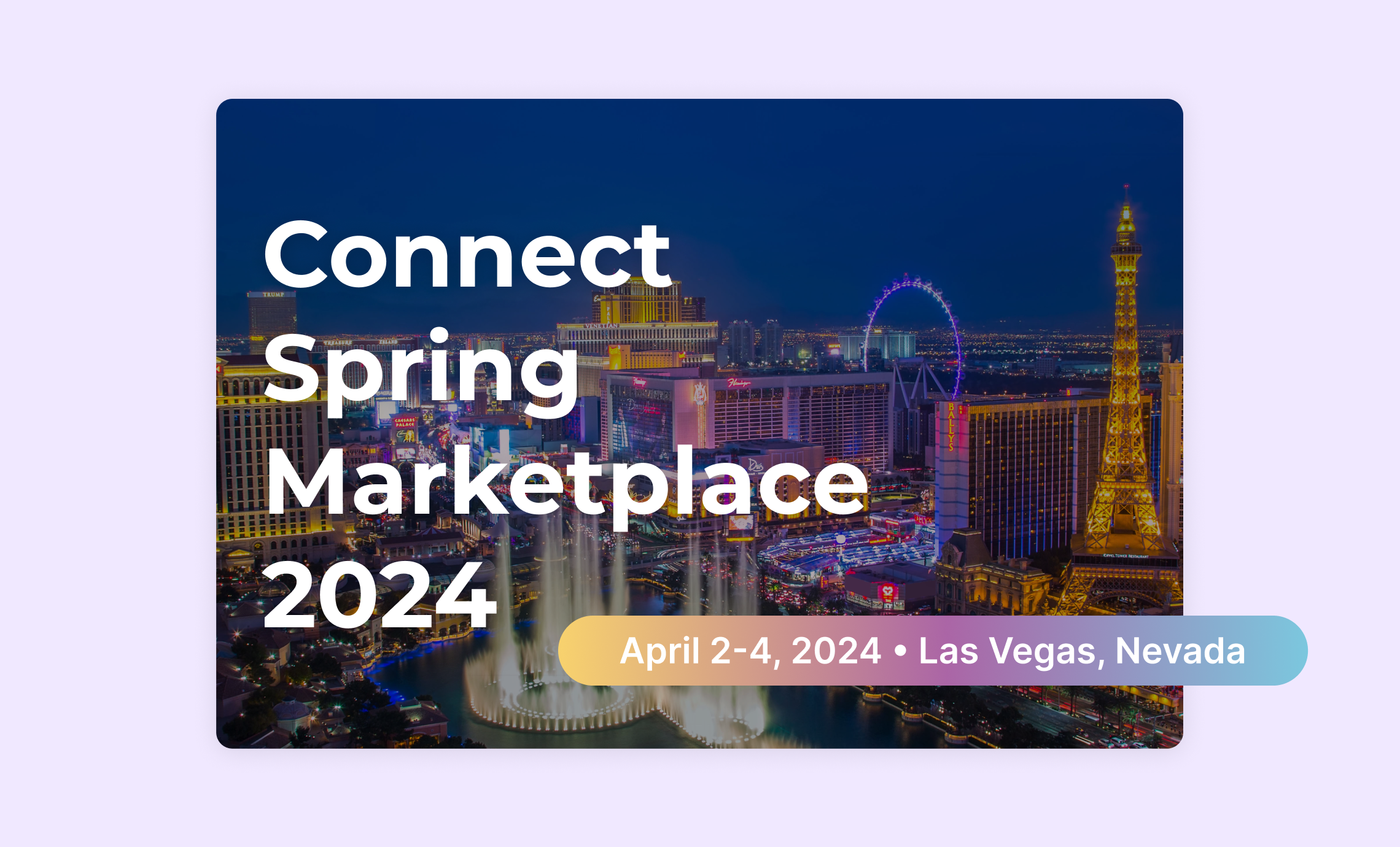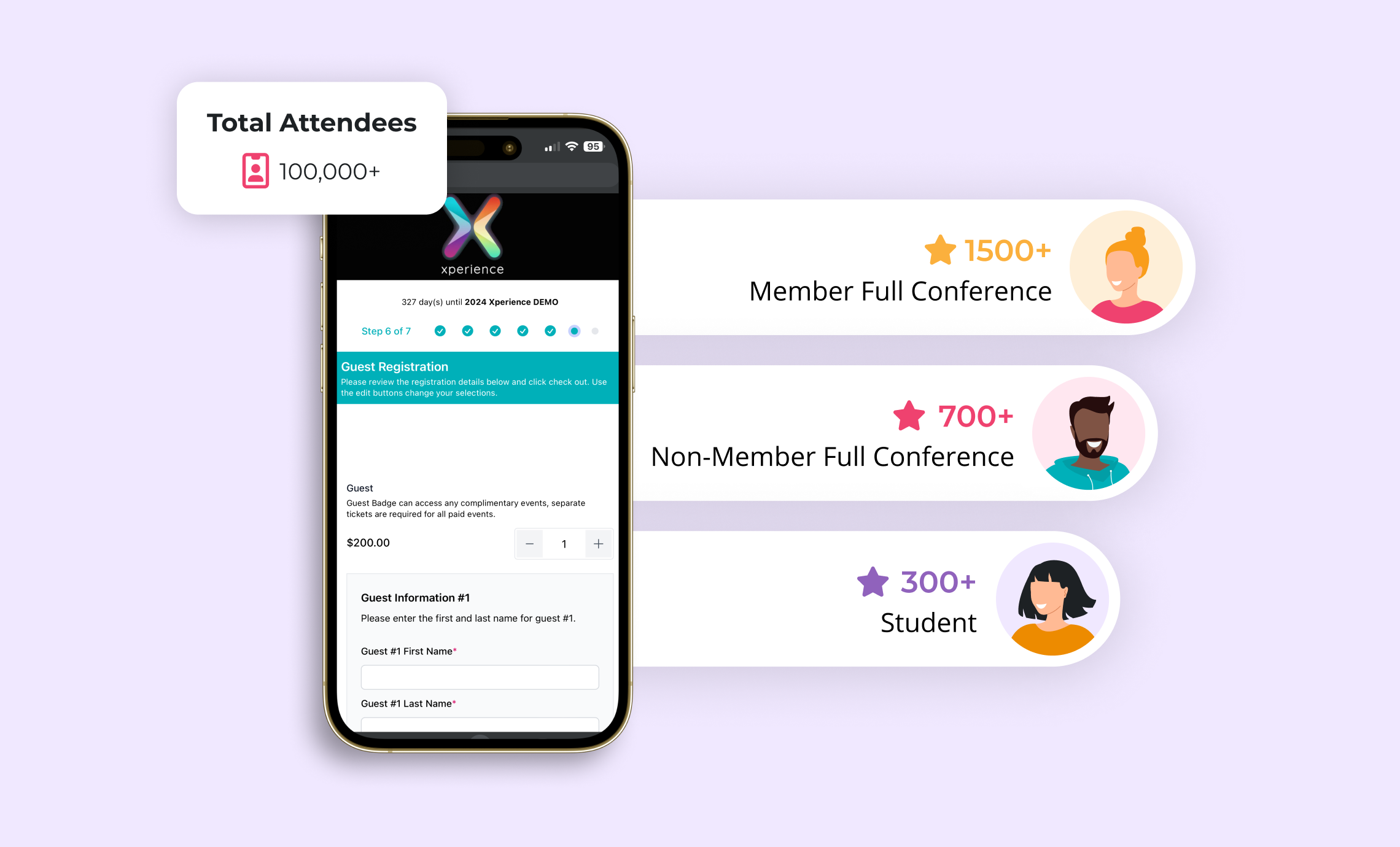
Consumers, and attendees, have much higher expectations when it comes to their experience with your brand or with your event. Attendees anticipate having meaningful and memorable experiences at your event and organizers are finding new ways to keep up with these expectations. Events are connecting with their attendees through new experiential marketing techniques that increase brand engagement and build a stronger connection between them and your brand.
Experiential marketing is used to connect with an audience in an interactive and engaging way. This different type of marketing allows your attendees to relate to your event and your brand through actual experiences and doing something. Event organizers can benefit from using experiential marketing to help them stand out to their attendees and meet the heightened expectations for their overall experience.
There are many different ways to add experiential marketing to your event that will help you build a strong relationship with your attendees. We’ve put together 5 ways that you can easily incorporate experiential marketing to impress your attendees and give them an experience they will remember and associate with your brand.
1. Augmented Reality (AR) and Virtual Reality (VR) – AR and VR technology has evolved to become one of the premier solutions to provide attendees with an immersive and interactive experience at an event and with a brand. This advanced technology is exciting for attendees to see others try out and to try out for themselves. Incorporate AR technology like Lightform’s immersive AR Photobooth to project images that are specific to your event’s theme or your brand identity. Using technology like this connects attendees to your event through a fun and exciting experience they can share with others and post on social media.
Photo: Users on the 4-D Immersive Reality Budweiser Brewery Tour at SXSW.Virtual reality technology can be used to give your attendees a true fully immersive experience onsite. Budweiser used VR to allow users to tour their St. Louis brewing facility in a multisensory journey. With an experience that employs multiple senses through technology, attendees are sure to remember this interaction with your event.
2. Offsite Events – Give attendees the chance to get outside of the normal event venue and offer offsite events that provide a different experience. San Diego Comic Con is known for its offsite events that take over the entire downtown area of the city. Big names like Amazon Prime Video’s “Jack Ryan”, AMC’s “The Walking Dead”, Fox’s “The Good Place”, and more all have pop-up events just outside of the convention center for attendees to participate in.
Photo: AMC’s “The Walking Dead” created the “Deadquarters” experience outside the San Diego Convention Center for fans to immerse themselves in the zombie world.
Offsite events such as these create excitement and generate a buzz that get attendees talking about your event and posting on social media. These added experiences will let your attendees connect with your event outside of the normal speakers and sessions and will give them something more.
3. Social Media Hashtags – Social media has totally transformed the way we communicate with our audience and how we share content with the world. Experiential marketing can be done easily through social media, allowing you to connect with your attendees and engaging with them directly about your event or your brand. Hashtag campaigns can inspire your audience to engage with your brand and connect on an emotional level.
Photo: Woman adding her scale to the #WeighThis installation
4. Group Experiences and Activities – Experiential marketing is a great opportunity to provide experiences that cause attendees to work together and interact with each other at your event. Activities that take more than one person to complete will force attendees out of their comfort zone in a fun and interesting way. For example, use a twitter wall or mosaic wall to create a larger image on display at your event. Attendees can participate on their own or with others to add photos to the wall to work together to complete the larger image. Another example of attendees working together in an interactive experience was at the AWS re:Invent 2017 event to build a structure completely out of LEGO® bricks.
5. Gamification – Use gaming methods and techniques to add a competitive, interactive element to your event. Gamification can be simple and done with social media, like when 3M used a Twitter Balloon to engage their attendees, and it can also be done with technology like through your event app. Gamification works to engage attendees because it plays off the emotions and motivations of people helping to unify as a group with a common purpose. Using gaming elements brings your attendees together in a relaxed environment while providing them with memorable, high-quality experiences.
Incorporating experiential marketing into multiple aspects of your event will help you create a strong bond with your attendees. It’s important to use new techniques to keep up with your attendee’s expectations while providing the best, more memorable experience you can. Try and think outside the box when selecting ways to use this type of marketing to keep attendees excited about your events and your brand.
Article Photo Credit: https://lightform.com/project/immersive-ar-photo-booth
Looking for more event solutions and advice? Contact us at expologic@communitybrands.com.


